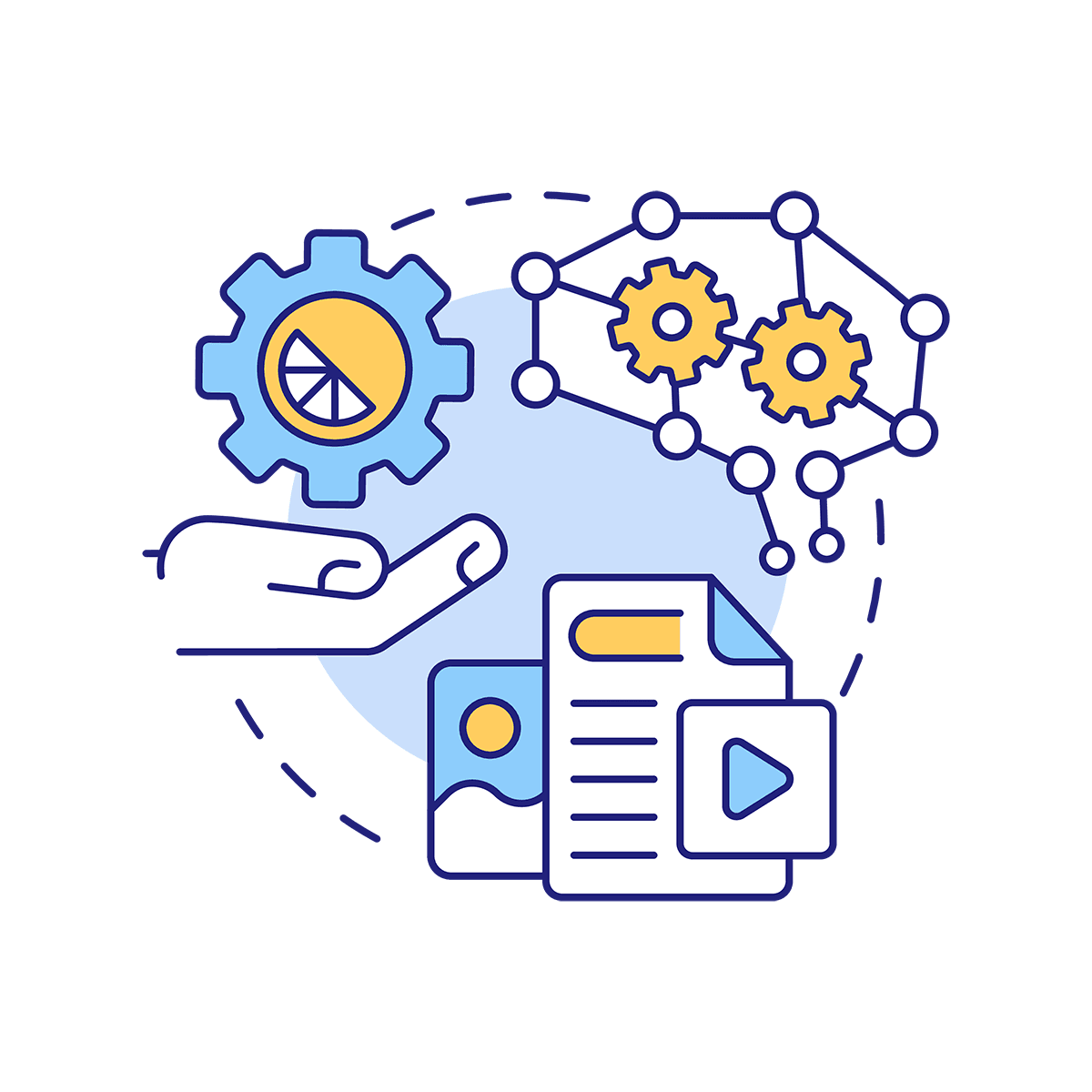
AI, using RAG
Using AI models is great for standard, general purposes, easily increasing productivity on such tasks. Taking AI one step further would require getting accurate answers to specific questions on more deep expertise areas.
That is achieved through the use of RAG.
What is RAG?:
“Imagine a courtroom. Judges hear and decide cases based on their general understanding of the law. Sometimes a case requires special expertise, so judges send court clerks to a law library, looking for precedents and specific cases they can cite.
Like a good judge, large language models (LLMs) can respond to a wide variety of human queries. But to deliver authoritative answers that cite sources, the model needs an assistant to do some research.
The court clerk of AI is a process called retrieval-augmented generation, or RAG for short.”
Retrieval-augmented generation (RAG) is a technique for enhancing the accuracy and reliability of generative AI models with facts fetched from external sources. In other words, it fills a gap in how LLMs work. Under the hood, LLMs are neural networks, typically measured by how many parameters they contain. An LLM’s parameters essentially represent the general patterns of how humans use words to form sentences.
That deep understanding, sometimes called parameterized knowledge, makes LLMs useful in responding to general prompts at light speed. However, it does not serve users who want a deeper dive into a current or more specific topic.
Combining Internal, External Resources:
Retrieval-augmented generation was created to link generative AI services to external resources, especially ones rich in the latest technical details.
Building User Trust:
Retrieval-augmented generation gives models sources they can cite, like footnotes in a research paper, so users can check any claims. That builds trust.
What’s more, the technique can help models clear up ambiguity in a user query. It also reduces the possibility a model will make a wrong guess, also called hallucination.
Another great advantage of RAG is it’s relatively easy. That makes the method faster and less expensive than retraining a model with additional data sets. And it lets users hot-swap new sources on the fly.
How People Are Using RAG:
With retrieval-augmented generation, users can essentially have conversations with data repositories, opening up new kinds of experiences. This means the applications for RAG could be multiple times the number of available data sets.
In fact, almost any business can turn its technical or policy manuals, videos or logs into resources called knowledge bases that can enhance LLMs. These sources can enable use cases such as customer or field support, employee training and developer productivity.
The broad potential is why companies including AWS, IBM, Glean, Google, Microsoft, NVIDIA, Oracle and Pinecone are adopting RAG.
Read more about how to bring a RAG application into production: https://developer.nvidia.com/blog/how-to-take-a-rag-application-from-pilot-to-production-in-four-steps/









